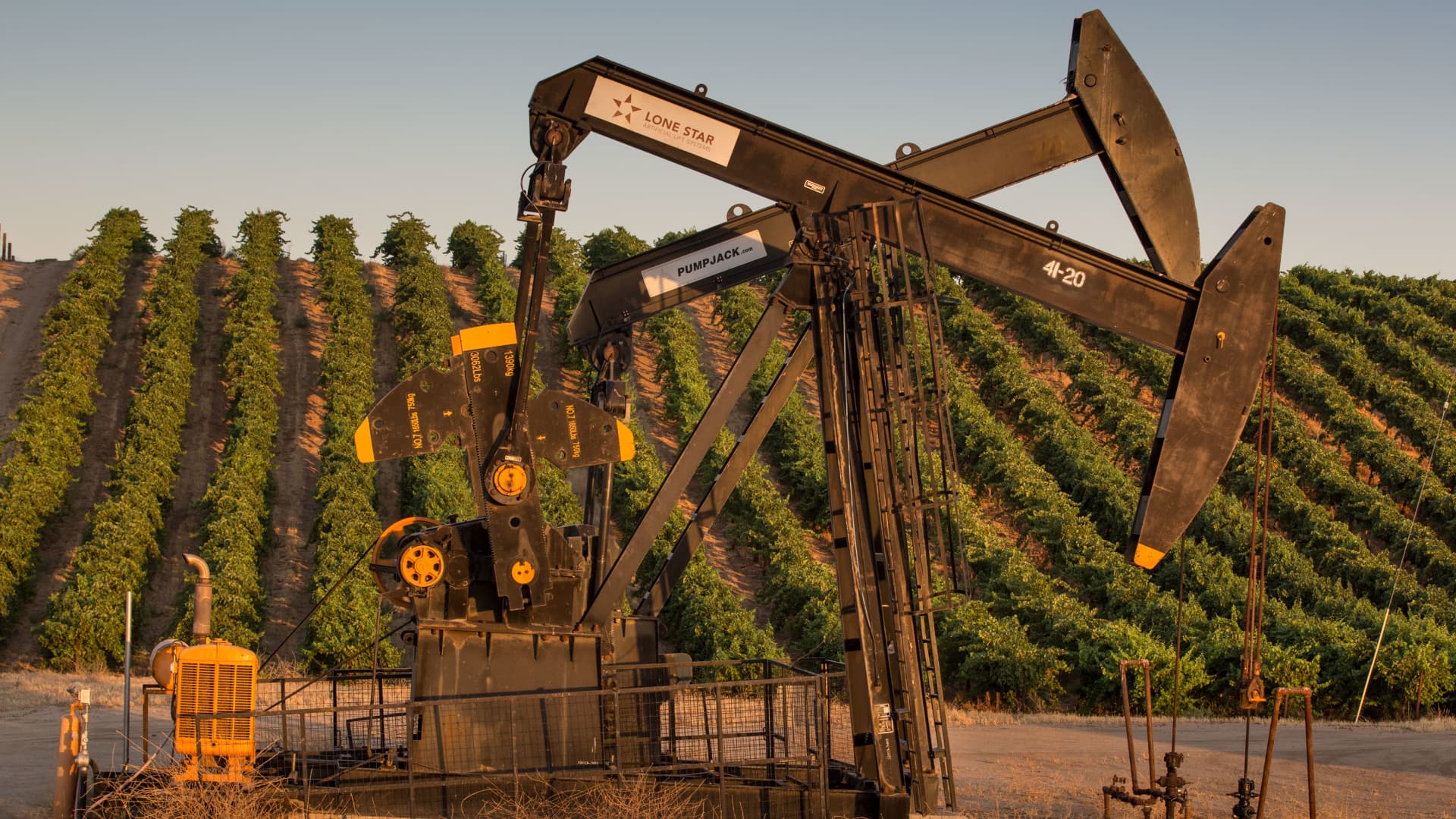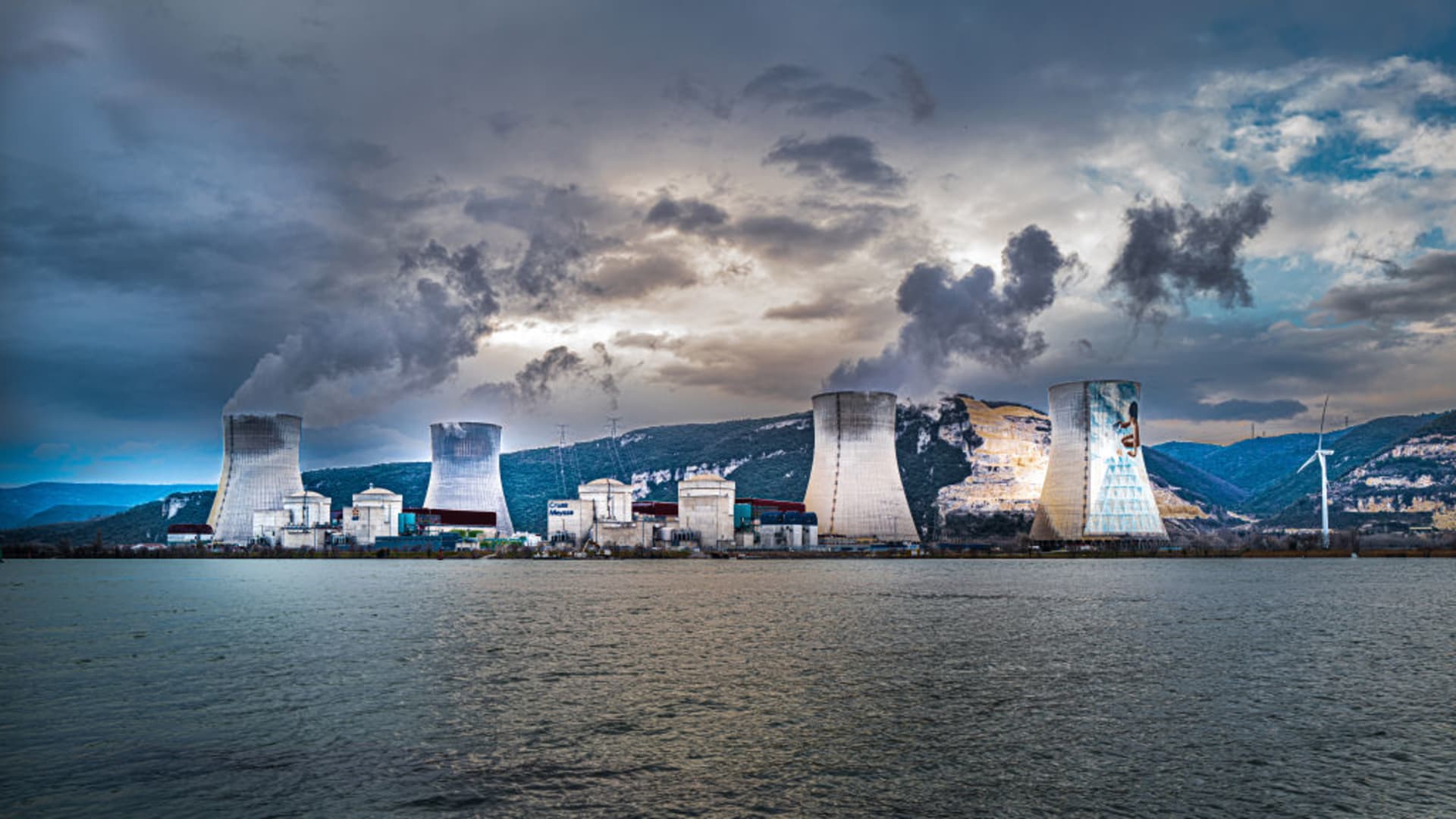Originally published on ILSR.org
Can a utility company be carbon neutral by 2050 if it builds a gas plant now? Maybe if it shuts off the gas plant well before its 40 years of useful life are complete, leaving electric customers to pay off millions in debt.
For this episode of the Local Energy Rules podcast, host John Farrell speaks with John Romankiewicz, Senior Analyst for the Sierra Club’s Beyond Coal Campaign. Romankiewicz and the Sierra Club released a report in January scoring utilities on their plans to transition from fossil fuels to clean power. Farrell and Romankiewicz discuss how utilities are doing far too little to retire coal, replace it with renewable energy generation, and fulfill their promises. The two had the conversation for a recent episode of ILSR’s Building Local Power podcast, republished here for Local Energy Rules.
Listen to the full episode and explore more resources below — including a transcript and summary of the conversation.
Episode Transcript
With Great Power Comes Great Responsibility
US electric utilities were granted monopoly control because building competing sets of delivery wires in one area would be costly, wasteful, and would have delayed electrification. This market dominance, because it was granted with the condition of state oversight, then comes with a responsibility to customers, and as a result, a responsibility to the climate.
“As much as utilities don’t like to move too fast, unfortunately the burden really rests on them, and everyone is looking to them to do something ambitious in this critical moment.”
Utilities are meeting their responsibility with ‘net zero’ and ‘carbon-free’ pledges, but are they holding to their promises?
Romankiewicz and the Sierra Club’s Beyond Coal campaign track utility clean energy commitments and whether they correspond with utility resource planning (in most cases, they don’t). To present this information to the public, the Sierra Club has released The Dirty Truth About Utility Climate Pledges.
Grading Utilities on their Climate Action
The Sierra Club describes The Dirty Truth report as “a comprehensive assessment of whether utilities are committing to the actions needed to avert a cataclysmic climate crisis.” The report grades utility plans for the next decade on a scale from A to F.
Many utilities have made clean energy pledges with a target date of 2050 — nearly 30 years away, says Romankiewicz. Meanwhile, their energy resource plans only account for the next 15 years. Romankiewicz is interested in the steps that utilities are taking now, rather than lofty goals with no implementation plan.
The 79 companies analyzed in the report “account for 68 percent of the remaining coal generation in the United States.” Together, they only plan to retire 25 percent of that coal by 2030. The utilities also plan to build 36 gigawatts of new gas this decade, but only 100 gigawatts of new clean energy, says Romankiewicz. He predicts that to reach carbon neutrality and avoid climate disaster, the U.S. should install 400 to 500 gigawatts of renewable generation capacity by 2030.
The report also evaluates utilities on their energy efficiency investments – which are critical for reducing energy burden and increasing equity. Romankiewicz believes that two percent of retail sales should be the minimum for utility energy efficiency investment. Altogether, the utility companies studied only invest 0.7 percent of their retail sales in energy efficiency improvements.
We’re Way Beyond Coal
Coal-fired power isn’t cost effective. This is not news; no one has built a coal plant in the United States since 2013. Furthermore, regulated utilities are wasting billions of dollars by ‘self-scheduling’ when to employ existing coal plants. Given the security of a captive customer base, monopoly utilities can carelessly dispatch coal “more often than is dictated by market conditions.”
To prevent further losses, Romankiewicz asks utility regulators to step up to the plate for coal plant retirement — protecting the interests of consumers, rather than utility shareholders.
“Billions of dollars are being wasted just in terms of… you’re just operating the coal units way too much. And customers are getting pinned with those costs at the end of the day.”
Coal plants have disproportionately burdened low-income communities and communities of color with their toxic emissions. Retiring coal plants now would prevent additional damage to our climate and ease additional burden on these same communities, which are especially vulnerable to the impacts of climate change.
Doing the Same Thing & Expecting a Different Result
Often described as a ‘bridge fuel,’ gas-fired electricity generation faces the same trajectory as coal. It may become uneconomic to run existing gas plants as early as 2030. Besides, gas may have a lower carbon footprint than coal, but it is far from clean. Given the risks of stranded investments and continued greenhouse gas emission, gas-fired electricity is energy we can’t afford.
Romankiewicz resists the idea of gas as a bridge for retiring coal plants. He believes that utility resource planning, when done properly, will find that renewable energy is the real bridge to the future.
Don’t count out distributed solar within utility resource planning! Find out why utilities in Minnesota and other states need to plan for more competition in our Utility Distributed Energy Forecasts report.
Cities Can’t Reach their Goals Without Utilities
Another campaign from the Sierra Club is Ready for 100: a campaign to support communities as they commit to 100 percent clean, renewable energy. So far, eight states and more than 170 cities have made the pledge. Though the committed cities range in size and geographic location, there is a common factor that determines when they might reach their goal: utility cooperation.
Find interviews with leaders from ‘Ready for 100’ cities in our Voices of 100 series of the Local Energy Rules podcast.
Cities that own their utility have had the most success transitioning to 100 percent renewable energy. For communities served by a regulated utility, Romankiewicz lists several ways to leverage more control: municipalize (or threaten to), form a community choice aggregation (in the nine states that allow it), negotiate using a franchise agreement, form a clean energy partnership, or intervene at the public utilities commission.
Individuals can pressure their utility using the Sierra Club’s Dirty Truth report card. Romankiewicz also suggests pressuring investment companies, such as Black Rock and Vanguard, that own large shares in utility companies.
“Citizens there could take our report card, and wave it in front of the utility as a more accessible way for any normal citizen to say, ‘What are you doing on coal and clean energy? Because this report card says you’re getting an F.’”
Outside of utility pressure, Romankiewicz hopes that a state or federal requirement for all source “requests for proposal” in energy sourcing would help level the playing field for renewable resources. He also endorses compensation for consumer advocates who engage in regulatory intervention.
Episode Notes
See these resources for more behind the story:
For concrete examples of how cities can take action toward gaining more control over their clean energy future, explore ILSR’s Community Power Toolkit.
Explore local and state policies and programs that help advance clean energy goals across the country, using ILSR’s interactive Community Power Map.
This is episode 129 of Local Energy Rules, an ILSR podcast with Energy Democracy Director John Farrell, which shares powerful stories of successful local renewable energy and exposes the policy and practical barriers to its expansion.
Local Energy Rules is Produced by ILSR’s John Farrell and Maria McCoy. Audio engineering for this episode by Drew Birschbach.
This article originally posted at ilsr.org. For timely updates, follow John Farrell on Twitter, our energy work on Facebook, or sign up to get the Energy Democracy weekly update.

